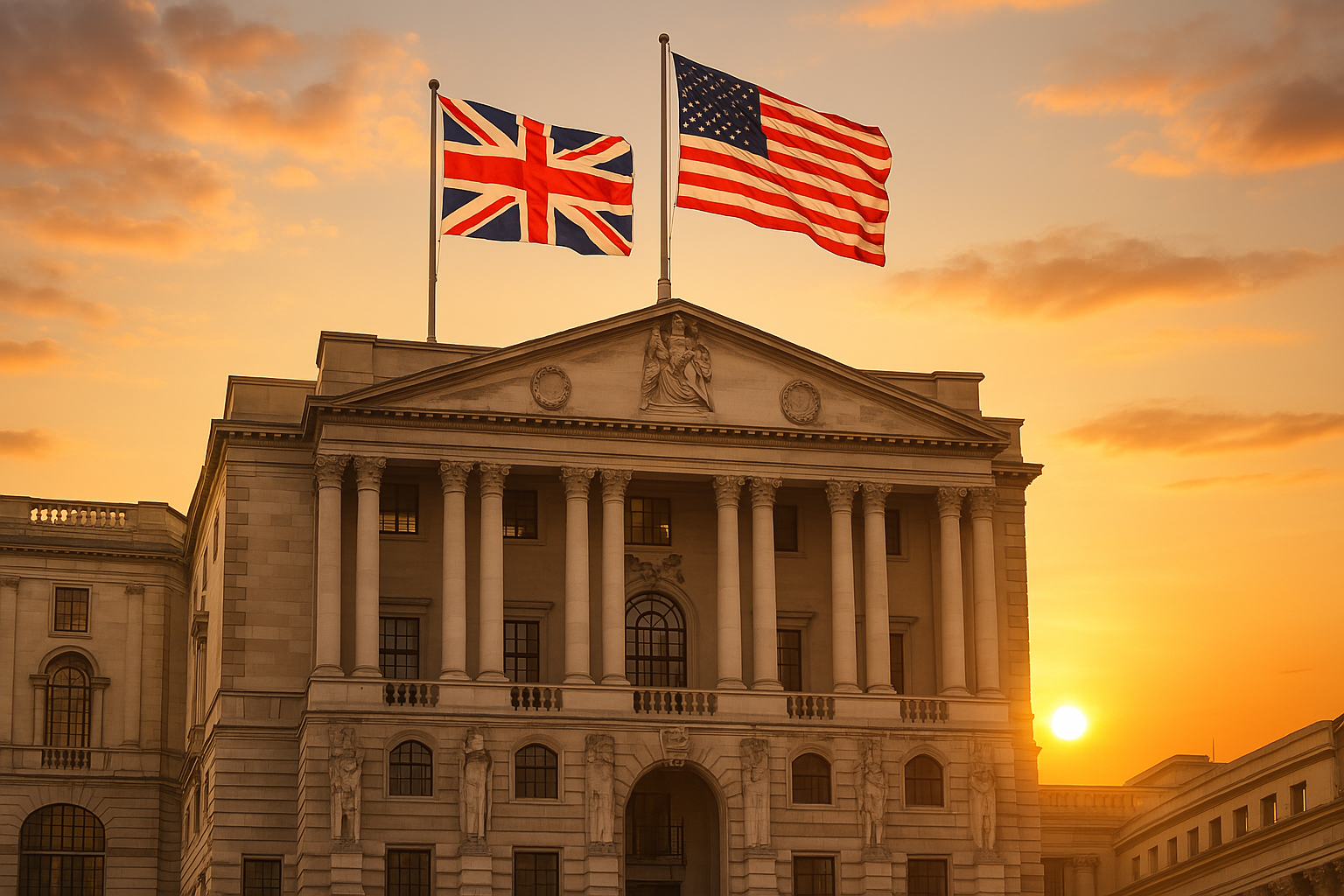UK Mortgage Lenders Slash Rates as Global Tariff Uncertainty Looms
Amid escalating concerns over global economic stability driven by new US-imposed tariffs, UK mortgage lenders are taking swift action.
A growing number of providers have begun slashing their fixed-rate mortgage deals as financial markets increasingly anticipate deeper-than-expected Bank of England (BoE) interest rate cuts.
The move comes as the UK housing market braces for potential macroeconomic shifts, with borrowers eager to secure more affordable deals.
Two-Year Fixed Mortgage Rates Dip Below 4% for the First Time Since 2022
This week, Coventry Building Society has become the standout mover in the mortgage market, offering a highly competitive two-year fixed-rate mortgage at 3.89%. The product, limited to borrowers with a maximum 65% loan-to-value (LTV) ratio, includes a £999 fee and runs until the end of October 2027.
This marks a significant psychological threshold, as the sub-4% offer is the first seen from a major lender since late 2022 when rates began spiking in response to fiscal instability.
Today’s average two-year fixed rate across the market is 5.3%, down slightly from 5.32% earlier. Five-year fixed rates have also eased to 5.15%, down from 5.17%.
📊 Historical Mortgage Rate Trends (Jan 2022 – Apr 2025)
Below is a timeline of average mortgage interest rates in the UK, showing the rise and fall of two-year and five-year fixed rates over the past three years:
Two-Year Fixed Mortgage Rates
1 January 2022: 2.38%
23 September 2022 (Mini-Budget): 4.74%
Late October 2022: Peak at 6.65%
Early August 2023: Another peak at 6.85%
9 April 2025: 5.30%
Five-Year Fixed Mortgage Rates
1 January 2022: 2.66%
23 September 2022 (Mini-Budget): 4.75%
Late October 2022: Peak at 6.51%
Early August 2023: Another peak at 6.37%
9 April 2025: 5.15%
These figures highlight how political and economic events — including the UK government’s mini-budget in 2022 and global trade disruptions — directly influenced mortgage interest rate trends.
Frequently Asked Questions
Why are UK mortgage rates falling now?
UK mortgage rates are falling due to market expectations that the Bank of England will cut base interest rates to combat the economic slowdown caused by global trade tensions, particularly new US tariffs.
Lower swap rates — which lenders use to set fixed mortgage rates — also contribute to the decline.
What is a swap rate, and why does it matter?
A swap rate is the interest rate at which financial institutions exchange fixed and floating interest rate payments.
Mortgage lenders use it to price fixed-rate deals. When swap rates fall, lenders can offer lower mortgage rates.
Which lenders have cut their mortgage rates recently?
Coventry Building Society, TSB, Metro Bank, Bank of Ireland, and the Co-operative Bank cut rates in early April 2025. Coventry was the first major lender to drop below 4% for a two-year fix.
Are all borrowers eligible for the new lower rates?
Not necessarily. The lowest rates are often reserved for borrowers with a high deposit or equity — typically 35% or more (65% loan-to-value). Other criteria, such as credit score and income, also apply.
Should I fix my mortgage now or wait?
It depends on your circumstances. Some may prefer to lock in a lower rate now, while others might wait, hoping for even lower rates later in the year if the BoE delivers further cuts. A mortgage broker can help assess the best strategy.
What fees should I watch out for?
Most low-rate mortgage deals come with product fees, often around £999. It’sCalculating the total cost over the term is important, not just the interest rate.
When will the big banks like Halifax and HSBC lower their rates?
These large institutions — known as the “Big Six” — are holding back. However, brokers expect them to follow suit if economic signals persist. Once one moves, others typically follow.





